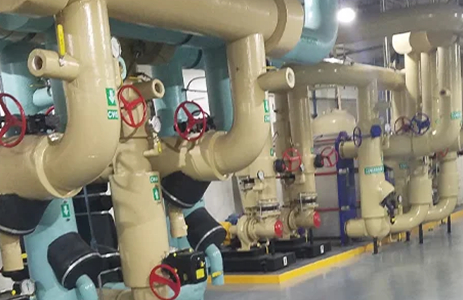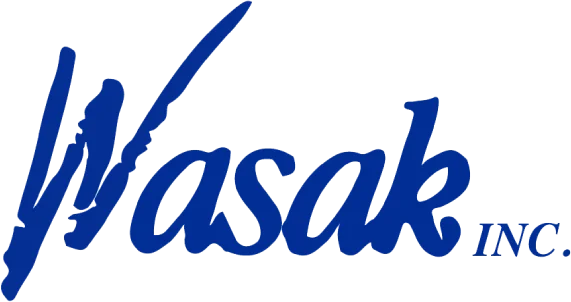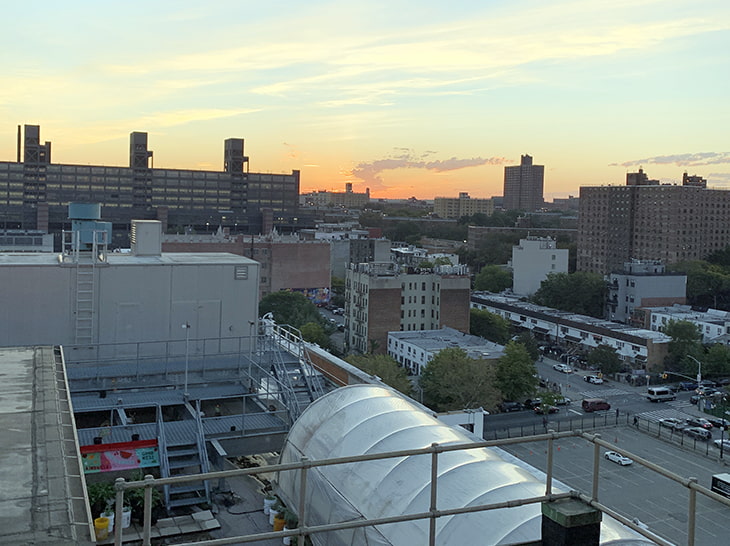Legionella Risk Assessment
Legionella risk assessment is the only way to identify and assess possible risks associated with the bacteria in your water systems.
At Wasak, we conduct a thorough inspection to identify vulnerable areas in your water system.
Our Legionella bacteria testing process includes:
-
1
Legionella testing – including thorough sampling and analysis to determine the presence and concentration of bacteria.
-
2
Assessing factors such as temperature, pH levels, biofilm formation, and water flow dynamics that influence bacterial growth.
-
3
Reviewing your water management practices to identify any gaps or deficiencies.
-
4
Creating a water quality management plan based on our assessment.
Water Management Plans
While legionella testing is required by law for some of our clients, everyone needs a water management plan to ensure safety. And at Wasak, we make sure to provide a plan that best works for you.

Water Treatment and Monitoring
Usually, legionella control includes thermal eradication, chemical treatment, ultraviolet (UV) irradiation, and copper-silver ionization. And our legionella water treatment involves a combination of these measures. We implement what’s best for your specific water system, considering its size, usage, and vulnerability to bacterial growth.

Cleaning and
Disinfection
While regular cleaning removes the organic matter and biofilm that promotes bacterial growth, disinfection kills or inhibits their growth. At Wasak, we flush the system thoroughly, remove the scale and sediment, and disinfect areas prone to biofilm formation.

Compliance and
Documentation
As mentioned before, legionella control is mandatory for some of our clients. So, our legionella water treatment includes helping you with regulatory compliance and documentation.
FAQs
What Is Legionella and How Does It Pose a Risk?
Legionella is a bacteria commonly found in water systems. When inhaled, they can cause a severe respiratory illness known as Legionnaires’ disease. The bacteria thrive in warm water environments like cooling towers, hot tubs, and plumbing systems.
What Are the Symptoms and Health Effects of Legionella Exposure?
The common symptoms of legionella exposure are the same as pneumonia. They may include high fever, cough, shortness of breath, muscle aches, and headaches. In severe cases, the pneumonia-like illness might lead to life-threatening complications. You should consult a doctor as soon as possible.
Who Is Most at Risk of Contracting Legionnaires’ Disease?
Anyone can contract Legionnaires’ disease. But people with weakened immune systems, older adults, smokers, and those with chronic lung diseases like emphysema are more at risk. Also, people working or residing in facilities with complex water systems, such as hospitals, hotels, and long-term care facilities, are more susceptible. But you can reduce this risk with effective legionella water treatment.
How Can Legionella Be Prevented and Controlled?
You can control it with an effective legionella water testing and treatment plan. It usually includes regular cleaning and disinfection of water systems, maintaining appropriate water temperatures, legionella testing, and implementing preventive measures. At Wasak, we implement comprehensive legionella control plans tailored to your needs.
How Often Should Legionella Maintenance Programs Be Conducted?
Usually, you have to conduct a legionella prevention program annually. But local guidelines and regulations may vary. The frequency might also vary depending on the size and complexity of your water system and the number of residents. At Wasak, our experts can help you understand the legionella risk and how to mitigate it.
Are Legionella Maintenance Programs Mandatory for All Facilities?
No, legionella maintenance programs are not mandatory for all facilities. But a few high-risk facilities, such as healthcare facilities, may have specific requirements. Additionally, state and local regulations may vary. But be sure to be aware of and comply with the applicable regulations and guidelines.
Our Legionella Maintenance
Programs Resources
Our Other Water Treatment Services
-
Cooling Water Treatment
-
Steam Boiler Treatment
-
Closed Loop Treatment
-
Generalized Water Testing
-
Feed Monitoring






